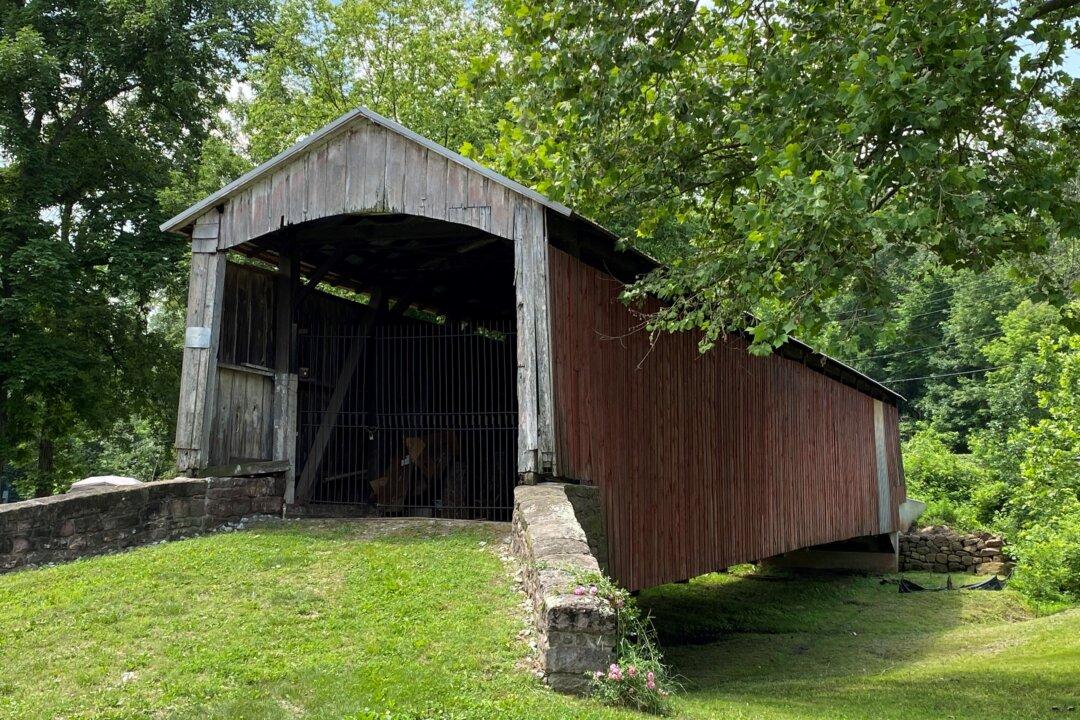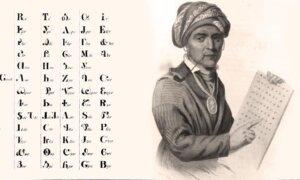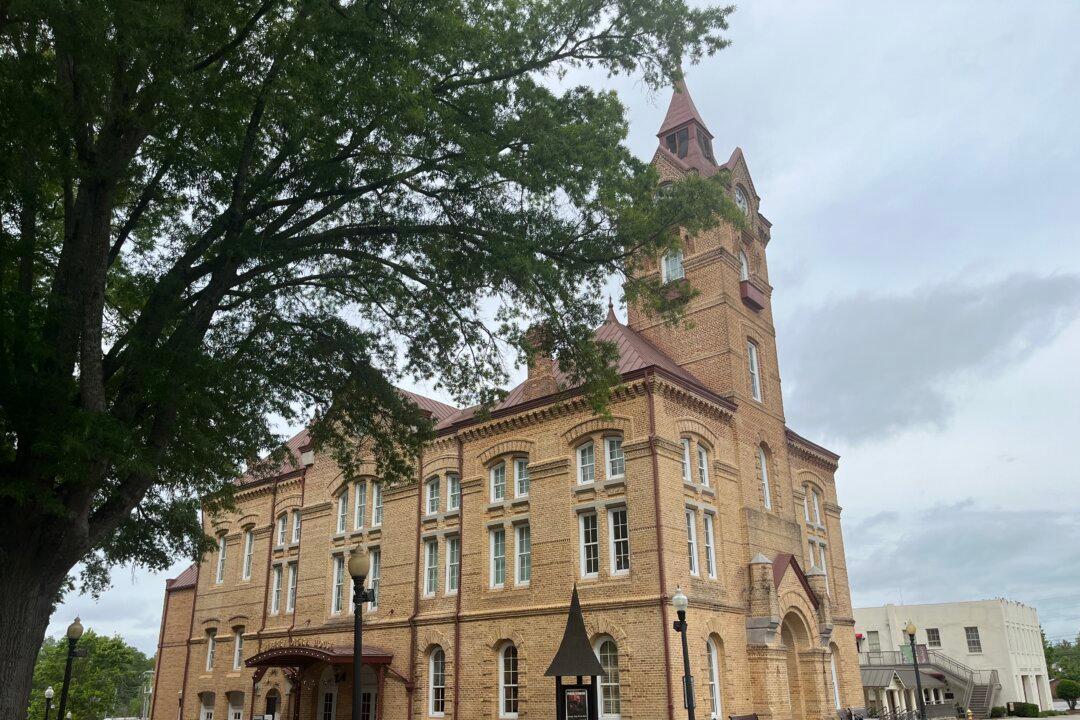Driving through the undulating landscape of Lancaster County, Pennsylvania, one will most likely view all-stone or red-painted barns, a horse and buggy driven by an Amish farmer, and miles and miles of corn fields. A special treat is coming across a covered bridge, which is easy to do since there are more than two dozen in this county.
Built primarily in the 1800s, covered bridges once numbered over 100 in this southern Pennsylvania county alone. Most fell into disrepair and have been lost to the ravages of time and nature, but several have been saved and are highlighted on various downloadable driving and biking maps.
While any time is a good time to see Lancaster County’s historic covered bridges, the flowers in late spring and summer through resplendent leaves in autumn are the best seasons. Then, the lush farmlands eventually become upstaged by forests displaying vibrant hues.
Covered bridges, though appearing simple on their exterior, are architecturally complex inside. Each one’s design and construction incorporate a patented system invented by Theodore Burr (1771–1822), a cousin of Aaron Burr, who was famous for mortally wounding Alexander Hamilton in an 1804 dual.
According to The Theodore Burr Covered Bridge Society of Pennsylvania, “The Burr arch truss, as the design became known, used two long arches, resting on the abutments on either end, that typically sandwiched a multiple kingpost structure. There are more bridges in Pennsylvania using the Burr truss design than the total of the other truss designs—123 located in or between thirty different counties.”

One of those Burr arch truss bridges in Lancaster County is Bitzer’s Mill, the area’s oldest at 178 years old. The painted red bridge spanning the Conestoga River sports a double Burr arch truss design and a deck made of solid oak planks. Of the 20 covered bridges featured on the official Lancaster County website, all but one lists the main construction technique as Burr truss.

For various reasons, Lancaster County covered bridges sometimes change names over the years. Bitzer’s Mill has also been referred to as Martin’s Mill Bridge, Eberly’s Cider Mill Covered Bridge, and Fiand’s/Fiantz’s Covered Bridge. Covered bridges often carry the name of the person who built them or the land on which they were constructed. Some are named for the body of water over which they run or for a mill that once existed nearby.
Some Lancaster County covered bridges are painted, with red and black as the common colors, while some are unpainted. Some have roof gable overhangs, and most have five-sided geometric openings. The majority are listed on the National Register of Historic Places.

Originally, bridges were covered in areas of heavy winter snowfall to provide protection for the bridge as well as any travelers who needed a respite from inclement weather. Covering a bridge prolongs its life, protecting the crossway from sun, rain, ice, and snow—all of which can cause rotting.
Covered bridges are susceptible to aging and must be maintained and preserved with much of the same care and attention given to a historically significant home or building. However, the distinct enemy of a covered bridge’s life is the constant wear of vehicles driving on it. And, although signs before each bridge in Lancaster County warn tractor trailer and RV drivers not to cross these historic bridges, in November 2023, a tractor trailer entered Bitzer’s Mill, causing damage to the Burr trusses and other structural parts. According to Discover Lancaster, which offers covered bridge maps and itineraries, Bitzer’s Mill will reopen once the repairs are completed.
Thus, it’s best to respectfully enjoy viewing these historic treasures, stopping to take photos and read informational signs, as they are physical reminders of Pennsylvania’s rural past.






